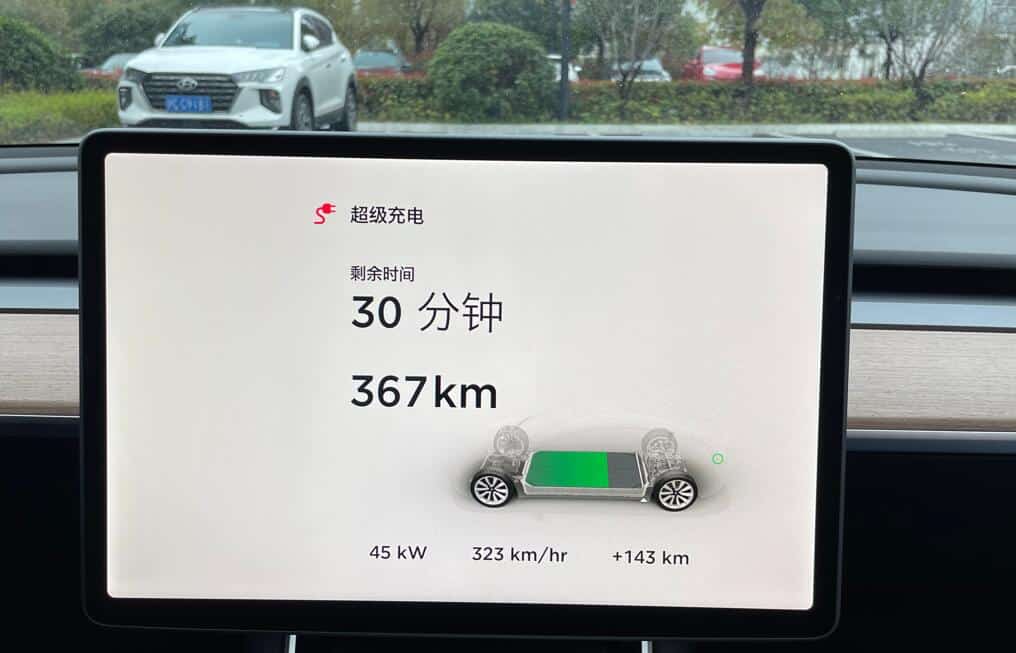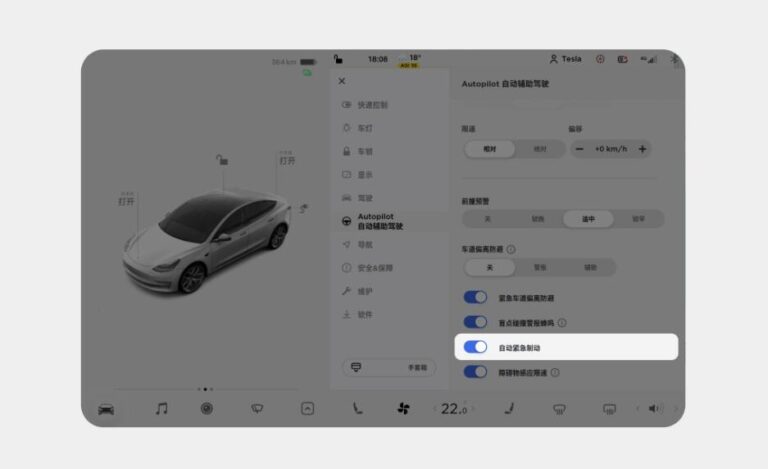As the smart car industry grows rapidly, China is also accelerating its regulatory policies.
The country will strengthen its management of the smart connected car industry and establish a system of policies, regulations, and technical standards, according to an announcement issued by the Ministry of Industry and Information Technology (MIIT) on August 12.
The announcement requires companies to establish a security management system for automotive data and automotive networks, monitor security risks and vulnerabilities, and assess data security risks and form reports on security incidents.
In particular, it mentions that the online upgrade of software should be regulated, saying that if car companies produce automotive products with an online upgrade (also known as OTA upgrade) function, they should establish management capabilities that are compatible with upgrade activities.
Car companies should have the ability to assess the safety impact of online upgrades, testing and verification, implementation process assurance, information records, and other capabilities to ensure that the vehicle is in a safe state when the online upgrade, the announcement said.
Vehicle enterprises should inform vehicle users of the purpose of online upgrades, content, the length of time required, precautions, upgrade results, and other information, according to the announcement.
The announcement does not explain this further, but the MIIT said in a separate announcement on the interpretation of the policy that companies should file with it before implementing online upgrade activities.
If the OTA upgrade involves changes in technical specifications, companies should go through the change procedures in advance. Online upgrades need to ensure product production consistency. Without approval, car companies are not allowed to add or update car autonomous driving features through software upgrades.
The MIIT also mentioned that companies producing automotive products with driver assistance and autonomous driving features should clearly inform the vehicle features and performance limits, driver responsibilities, human-computer interaction device instruction information, feature activation and exit methods and conditions.
Enterprises producing automotive products with driving assistance features should also take hand detection and other technical measures to ensure that the driver is always performing the appropriate dynamic driving tasks.
Automated driving systems need to be validated through testing, including failure identification and safety response, human-machine interaction, data logging, process assurance, and simulation.
Companies should ensure that automotive products have safe and reliable space-time information services, and acceptance of BeiDou satellite navigation system signals is encouraged, the MIIT said.


